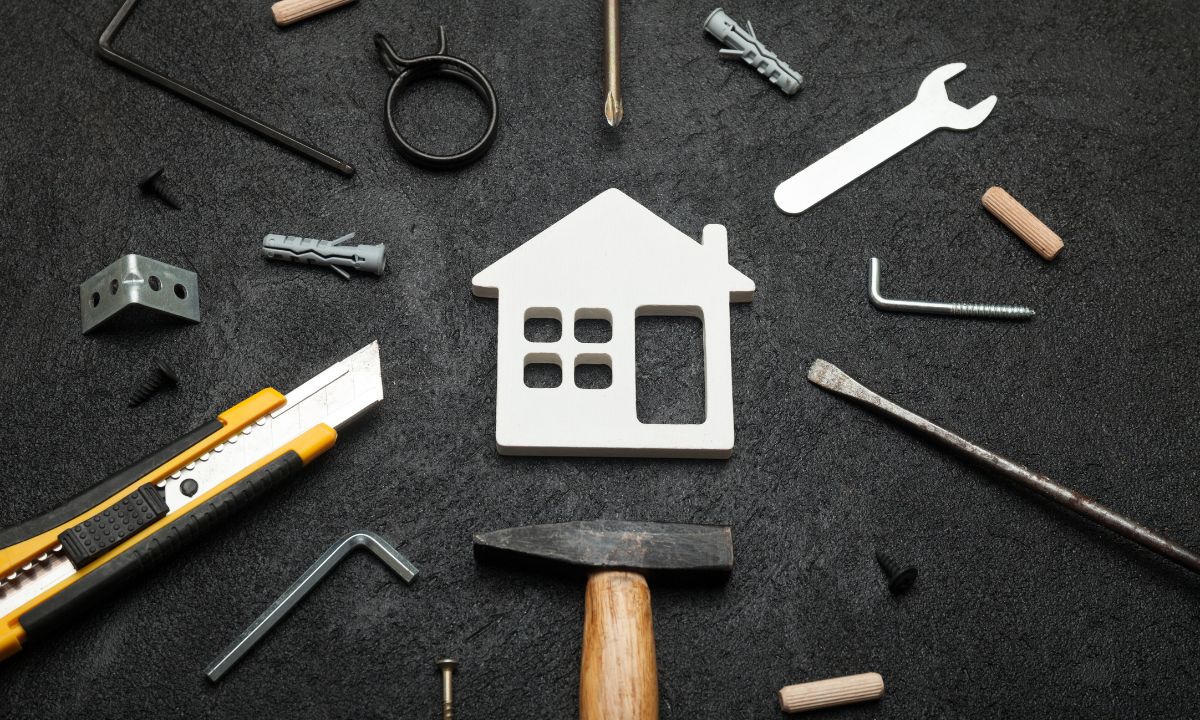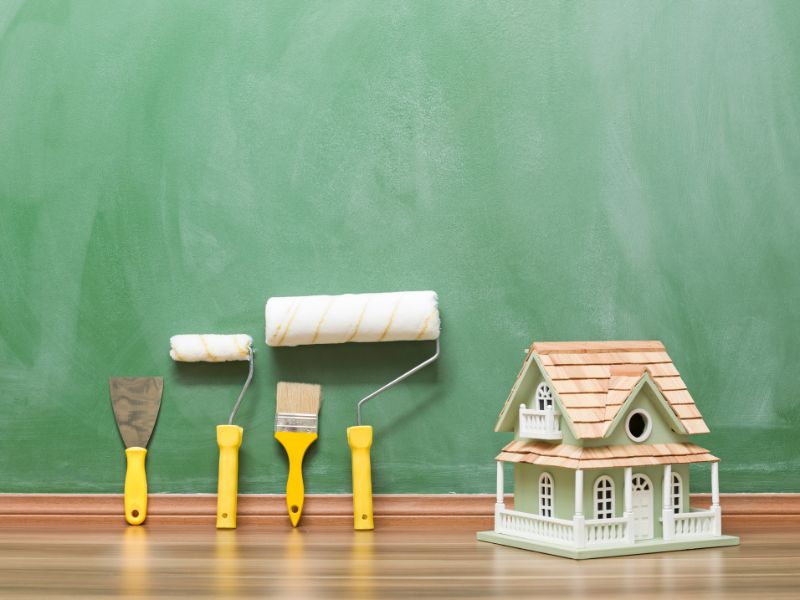 Growing your herbs not only enhances your meals but also adds natural beauty to your garden. Whether you have a small balcony or a sprawling backyard, cultivating herbs offers a rewarding and sustainable way to enrich your home. Let’s explore how to select the best herbs for your garden, provide them with optimal growing conditions, and even harvest and preserve your bounty. Plus, you’ll learn how to create flavorful herb-infused vinegars to enjoy all year long!
Growing your herbs not only enhances your meals but also adds natural beauty to your garden. Whether you have a small balcony or a sprawling backyard, cultivating herbs offers a rewarding and sustainable way to enrich your home. Let’s explore how to select the best herbs for your garden, provide them with optimal growing conditions, and even harvest and preserve your bounty. Plus, you’ll learn how to create flavorful herb-infused vinegars to enjoy all year long!
Selecting the Best Herbs for Your Garden
When choosing herbs for your garden, it’s essential to consider your climate, soil type, and how much space you have. Here are some beginner-friendly options:
- Basil: Ideal for warm climates and thrives in containers.
- Mint: Grows rapidly, but it’s best to plant it in pots to avoid spreading.
- Rosemary: A hardy herb that enjoys full sun and well-drained soil.
- Thyme: Perfect for sunny areas, and it can handle poor, dry soils.
- Parsley: A versatile herb that can grow in partial shade, making it a great option for less sunny spots.
Providing Optimal Growing Conditions
Each herb has its own specific needs, but some general tips can help ensure a thriving garden:
- Soil: Herbs prefer well-drained, fertile soil. Add compost to enrich your soil before planting.
- Sunlight: Most herbs thrive in full sun, which means at least six hours of sunlight per day. If you’re growing indoors, place your plants by a sunny window or use grow lights.
- Watering: Keep the soil moist, but avoid overwatering. Herbs like rosemary and thyme prefer drier soil, while basil enjoys more consistent moisture.
- Spacing: Allow enough space between plants to encourage healthy growth and prevent overcrowding, which can lead to disease.
Harvesting and Preserving Your Herbs
Harvesting your herbs at the right time is key to getting the best flavor:
- Timing: Harvest herbs in the morning after the dew has dried but before the heat of the day. This is when the essential oils are at their peak.
- Method: Use sharp scissors or garden shears to trim your herbs, and avoid removing more than a third of the plant at a time.
- Preserving: You can dry your herbs by hanging them in a cool, dark place, or freeze them in ice cube trays with water or olive oil. These methods help maintain their flavor for months.
Creating Delicious Herb-Infused Vinegars
Herb-infused vinegars are a fun and easy way to extend the use of your garden herbs. Here’s a simple guide:
- Ingredients: Use fresh herbs like basil, rosemary, thyme, or even a blend, and pair them with mild vinegar like white wine or apple cider vinegar.
- Method: Lightly bruise your herbs to release their oils, place them in a sterilized glass jar, and fill them with vinegar. Seal and store in a cool, dark place for 2-4 weeks, shaking occasionally.
- Usage: Strain the vinegar and store it in a clean bottle. Herb-infused vinegars make fantastic salad dressings, marinades, or gifts.
By choosing the right herbs, nurturing them with optimal growing conditions, and learning how to harvest and preserve them, you’re setting yourself up for a successful organic garden. Whether you’re interested in fresh herbs for cooking or homemade vinegar, a well-tended herb garden brings a touch of nature into your home.
 When selling a home, staging can be the key to a faster sale. It helps buyers imagine living in the space and showcases the home’s best features. Here are five simple tips to stage your home and make it more appealing:
When selling a home, staging can be the key to a faster sale. It helps buyers imagine living in the space and showcases the home’s best features. Here are five simple tips to stage your home and make it more appealing: When it comes to constructing your house or undertaking home improvement projects, the roof is a crucial component. It’s not just about aesthetics; the roof provides essential protection against the elements. Investing both money and time into selecting the right roofing material is vital, and a little extra research can go a long way.
When it comes to constructing your house or undertaking home improvement projects, the roof is a crucial component. It’s not just about aesthetics; the roof provides essential protection against the elements. Investing both money and time into selecting the right roofing material is vital, and a little extra research can go a long way. What is Grading?
What is Grading? If you’re actively preparing to list your home for sale, resist the temptation to make major home improvements. Focus on minor projects instead for a better return on your time and money. It’s the smaller projects that tend to have a bigger, long-term payoff.
If you’re actively preparing to list your home for sale, resist the temptation to make major home improvements. Focus on minor projects instead for a better return on your time and money. It’s the smaller projects that tend to have a bigger, long-term payoff. In recent years, solar panels have emerged as a sustainable and environmentally friendly solution to power generation. As the world continues to grapple with the effects of climate change, the adoption of solar energy has gained momentum. Beyond its positive impact on the environment, many individuals and businesses are also drawn to the potential savings associated with solar panel installations. However, amidst the growing popularity of solar energy, several myths and misconceptions persist.
In recent years, solar panels have emerged as a sustainable and environmentally friendly solution to power generation. As the world continues to grapple with the effects of climate change, the adoption of solar energy has gained momentum. Beyond its positive impact on the environment, many individuals and businesses are also drawn to the potential savings associated with solar panel installations. However, amidst the growing popularity of solar energy, several myths and misconceptions persist. Investing in your home by remodeling or renovating is an excellent way to increase its value. However, a significant renovation project can quickly turn into a disaster, especially for those who are inexperienced. Let’s take a look at four of the more common home renovation mistakes that homeowners make and how you can avoid them.
Investing in your home by remodeling or renovating is an excellent way to increase its value. However, a significant renovation project can quickly turn into a disaster, especially for those who are inexperienced. Let’s take a look at four of the more common home renovation mistakes that homeowners make and how you can avoid them. As kitchen appliances go, there are few loved more than the dishwasher. They can be a major time saver – that is if your dishes are coming out clean. Let’s take a quick look at a few steps you can take if your dishwasher is not doing its job.
As kitchen appliances go, there are few loved more than the dishwasher. They can be a major time saver – that is if your dishes are coming out clean. Let’s take a quick look at a few steps you can take if your dishwasher is not doing its job. Are you starting to get the renovation itch? With spring on the way, you might be tempted to launch those home improvement projects that you contemplated over the winter. However, as with any project, you will want to get things right. Let’s take a look at four renovation shortcuts that can lead to disaster and the steps you can take to avoid them.
Are you starting to get the renovation itch? With spring on the way, you might be tempted to launch those home improvement projects that you contemplated over the winter. However, as with any project, you will want to get things right. Let’s take a look at four renovation shortcuts that can lead to disaster and the steps you can take to avoid them. When it comes to home improvements, many homeowners are opting for the do-it-yourself (DIY) approach. DIY home improvements not only allow you to save money but also provide a sense of accomplishment and personalization. Whether you’re fixing a leaky faucet or renovating an entire room, taking on home improvement projects can have numerous benefits that extend beyond physical transformation.
When it comes to home improvements, many homeowners are opting for the do-it-yourself (DIY) approach. DIY home improvements not only allow you to save money but also provide a sense of accomplishment and personalization. Whether you’re fixing a leaky faucet or renovating an entire room, taking on home improvement projects can have numerous benefits that extend beyond physical transformation.